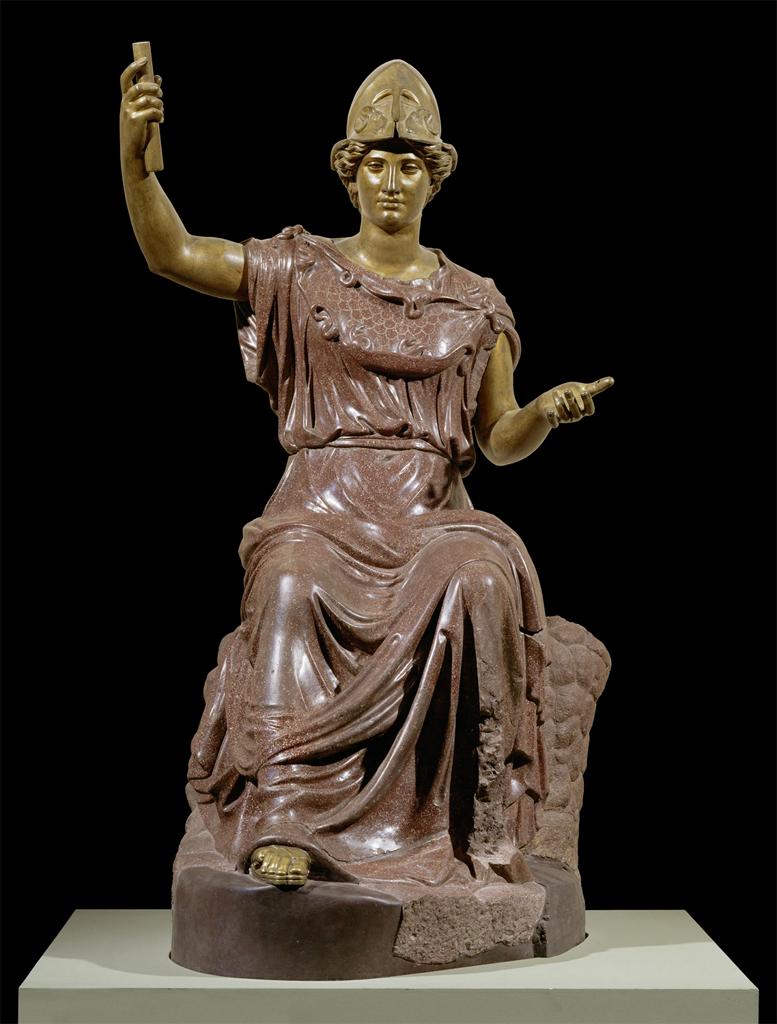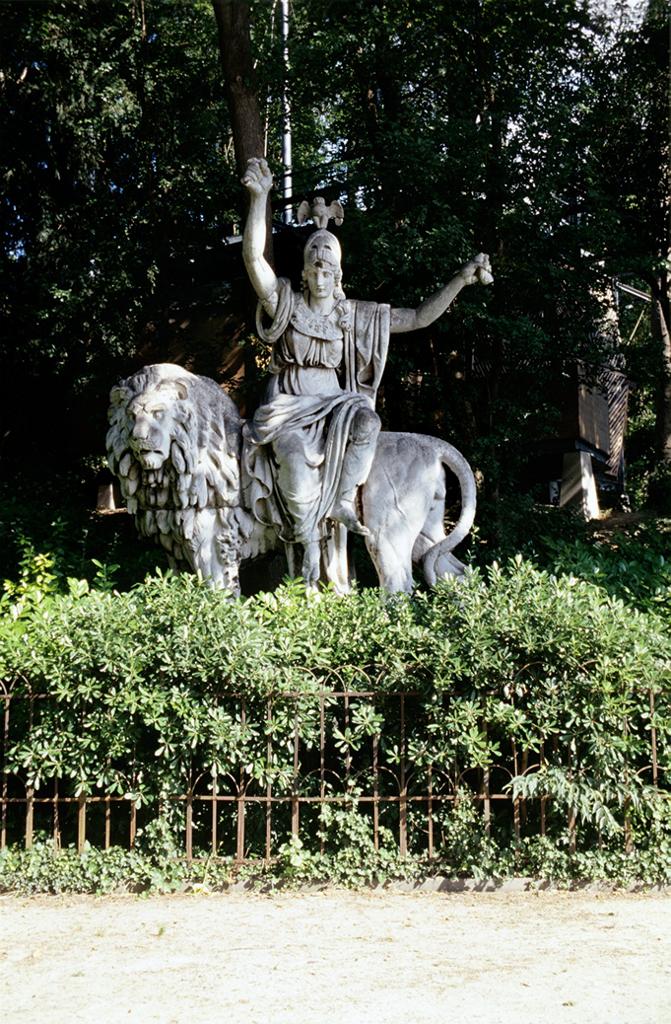The celebration of the goddess Minerva called Quinquatria traditionally took place on 19 March during heyday of the Roman Republic. (It was so-called because it was held on the fifth (quinqu-) day after the Ides.). Drunken and masked revelers and musicians roamed the streets of Rome and met in the evening in front of the temple of the goddess. A scene depicting Quninquatria activities as well as Minerva in the company of her entourage can still be seen in the frieze decorating Nerva’s forum.
Quinquatria was founded in commemoration of the vowing of a temple to Minerva on the Aventine in 263 BCE. This day was known as artificum dies, “the day of artisans,” as artisans of all kinds took part in the celebrations. In his description of the festival, Ovid highlights Minerva’s association with spinning and weaving, as well as with the teaching of other arts and crafts such as shoemaking, painting, and sculpting.
In later accounts of popular mythology, Minerva (who was the Etruscan Menrua and Greek Athena)was chiefly associated wisdom through learning as well as martial prowess and medicine. Together with Jupiter and Juno she formed the Capitoline Triad in Rome, and was also widely worshipped in Etruria. In Etruscan iconography, Minerva is usually depicted in armor, often accompanied by Mars. Images of both athena and Minerva often show the goddess with her favorite attribute, an owl.
During the Principate, the cult of Minerva spread to the provinces, and the goddess became fused with local deities in Western Europe. The cult of Sulis Minerva in Roman Britain resulted from a fusion between Minerva and the Celtic healing deity Sulis.
Reference: Rafael Scopacasa. “Minerva.” The Encyclopedia of ancient History. John Wiley & Sons, Inc. Published online 26 October 2012. DOI: 10.1002/9781444338386.wbeah17272
Minerva, c. 150, with 18th-century resorations in white marble, gilded onyx and marble. Musée du Louvre, Nr. MR 2225..
Minerva, c. 150. Originally in the garden of San Martino de’Monti, Rome. Now in Musée du Louvre, Nr. 1056.
Sarcophagus with Minerva, Apollo and the Satyr Marsyas playing a concert; detail, c. 300. Musée du Louvre, Nr. 2347.
Breast ornament with bust of athena, c. 150 BCE. Princeton University Art Museum, Nr. 61.
Acropolis, Temple of Athena Nike, 427-424 BCE. Bryn Mawr College (MJM-004948). Photo: Machteld Johanna Mellink.
Antonio Giaccarell. Minerva, with Owl and the Adriatic Lion overview from front, 1830, Venice. Photo: Sarah Quill.
Temple of Minerva, Forum of Nerva, 87. Rome. Photo: Wikimedia Commons.
Further Reading: Philippe Borgeaud. Mother of the Gods: From Cybele to the Virgin Mary. Baltimore: Johns Hopkins University Press, 2004.
Marguerite Rigoglioso. Virgin Mother Goddesses of Antiquity. New York: Palgrave Macmillan, 2010.







